Continuation of Nudity as a social norm – part I
Sport activities have been commonly done naked in many cultures. One of the first depictions of an athletic competition is the famous Minoan fresco of a bull leaping, which was done by both men (usually depicted tanned) and women (pale).
This must have been a very dangerous tradition, and although it was typical on Crete in Minoan culture, where the Greek, and thus Western, civilization began, it was not preserved in its descendants.
Sports in Ancient Greece became a necessary part of education,
as gymnasiums incorporated athletic training with studies in philosophy and arts; and as we’ve mentioned a few times on this website, the term ‘gymnasium’ comes from a Greek word meaning ‘to exercise nude’
Here is the link to an excellent site about ancient Greek sport. Sport was one of the essential traditions that united those otherwise politically very different city-states and colonies, as the representatives from all parts of the Hellenic world gathered for four Panhellenic athletic competitions (taken from Wikipedia):
- Olympic Games – the most important and prestigious of the Games, held every four years near Elis, in honour of Zeus; the prize was a wreath of wild olive
- Pythian Games – held every four years, near Delphi, in honour of Apollo; the prize was a wreath of laurel
- Nemean Games – held every two years, near Nemea, also in honour of Zeus; the prize was a wreath of wild celery
- Isthmian Games – held every two years, near Corinth, in honour of Poseidon; the prize was a wreath of pine
The Games took place in a four-year cycle known as the Olympiad, which was one of the ways the Greeks measured time. The main events at each of the games were chariot racing,
wrestling (upright and ground),
and various other foot races,

including race in armor (but still nude)
and the pentathlon (made up of wrestling, stadion, long jump,
and discus throw).
Except for the chariot race, all the events were performed in the nude. Though, there are some depictions of nude chariot racers as well.
The athletes competed naked, not only as the weather was appropriate, but also as the festival was meant to celebrate, in part, the achievements of the human body. Olive oil was occasionally used by the competitors, not only to keep skin smooth, but also to provide an appealing look for the participants.
For combat sports, some kind of powder was also applied to allow better grabbing.
Also, you can see that often sportsmen training various disciplines are depicted together, maybe to enhance communication between different professionals – like for these athletes shown during a chitchat between trainings.
And is it just fooling around, or the winner is carried by the defeated in a wrestling match? (like in some Nuba wrestling traditions, see below)
Although most of the figures show perfectly athletic men, on the vase painting below in the middle we can see a chubby lad who is going to train boxing while two others, jumping and javelin-throw.
Note that on many figures you can see musicians alongside the athletes (they could just swap perhaps) to keep the trainings in synchronized rhythm for jumping
and boxing movements (or simply to cheer up, like in modern gyms?)
And overall, ancient greeks saw music, athletics and science as interrelated and necessary compounds for a complete education in gymnasium (the word itself coming from gymnos (γυμνός), meaning “naked”).
There is a funny video on the official Olympic Games web site, explaining that nudity became a norm on ancient Olympics, because one of the athletes lost his garments during the race and won it. There are many convoluted theories, but I have never seen the most obvious: isn’t it just more convenient?
Among sport activities loved by Ancient Greeks but not included in the Olympics, it is certainly worth noticing horse riding – typically naked and bareback too.
But often horse riders had a mantle.

(for an esthetic effect?)
And some coins and sculptures suggest that even dolphin riding was not foreign to ancient Greeks.

Or is it just an echo of the myth Arion? He was an unparalleled musician and poet praised by Apollo himself. Once Arion was kidnapped by pirates but escaped from their ship with help of dolphins (they were also enchanted by his music).
There were also some ball games, but the rules are mostly lost. Some are described here.
Some figures remind football (soccer),
rugby,
and even hockey.
Surprisingly, depictions of swimming are relatively rare in ancient Greek art, although now it is probably the first sport you would think of to suggest for a naturist competition. But already ancient egyptians developed a style similar to the modern crawl.
Diving could be another water sport done by Greeks.
This is an image of a woman probably performing a front crawl (while others are dancing?),
but otherwise depictions of ancient Greek women in sports are relatively scarce.

Apparently, there were female acrobats.
Besides athletic sports, there were other games, like this one resembling marbles.
With the establishment of Christianity as a state religion on the the territory of Roman Empire, the Ancient Olympics were considered pagan and the last games were held in 393AD, marking the end of the ancient history.
The tradition of naked sports persists till now in some African and Amazon tribes, however.
Massai, for example, make competitions for the highest jump.
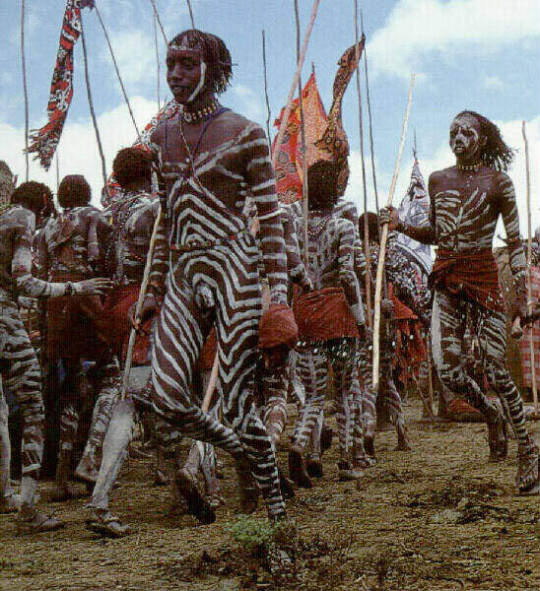
This photo above looks more like a warm up, but here is a good jump:

The natives Hawaiian who were one of the first nations to practice waive-surfing in modern history did it naked. (some sources say that surfing was probably invented in Peru about 3000 years ago!)
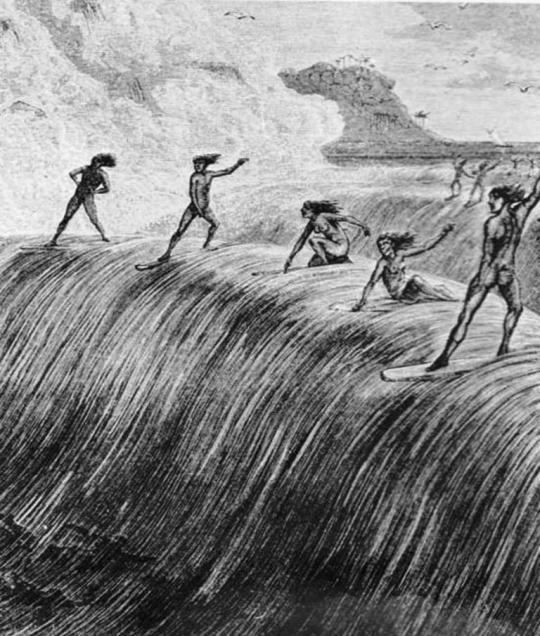
When Mark Twain visited Hawaii in 1866 he wrote: “In one place we came upon a large company of naked natives, of both sexes and all ages, amusing themselves with the national pastime of surfbathing.”
Indian monks (Digambara) also practice nudity – while bathing
or doing yoga.
Martial arts seem to be the most widespread and common sport in many cultures, and they are usually performed naked, like this fight competition held by xingu tribe in Amazon.
But the best known modern nude fighters come perhaps from southern South Sudan and Ethiopia.
Nuba, Dinka, Surma and other tribes hold different wrestling competitions, including famous stick fights.
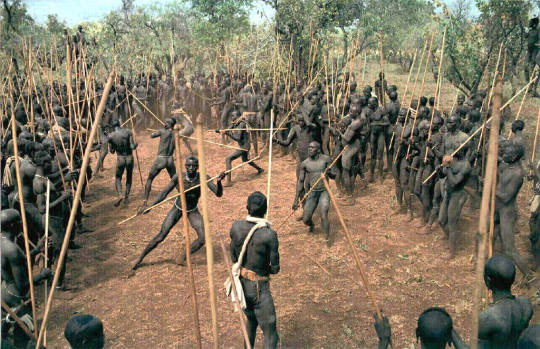
Different villages have different rules, some are very cautious and never end up cruelly, while others have practically no restrictions and may be easily fatal (like the ancient Greek pankration).
Sometimes, similar to the ancient Greeks, East African fighters cover their bodies with oils or ashes.


According to traditions in some tribes, the defeated carries the winner on his shoulders after the competition.
And then it all ends in peace 🙂
… and traditions are passed to the next generation.
Of the modern widely popular sports, capoeira seem to have inherited many features of the Nuba wrestling and also, just like for ancient Greeks, musical accompaniment is essential for capoeiristas. It is good to see that on some Brazilian beaches capoeira is practiced naked too.
Hopefully, our modern society will eventually accept the healthy attitude towards body that the primary European culture once had and some tropical societies have maintained till now.

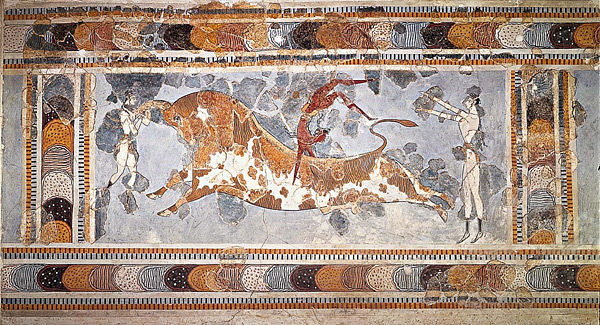


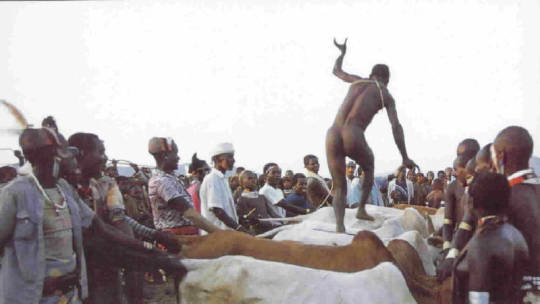

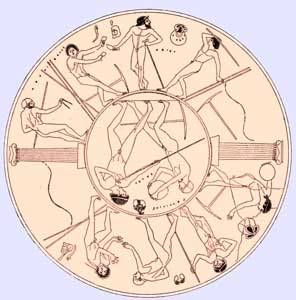


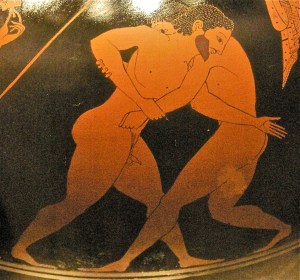


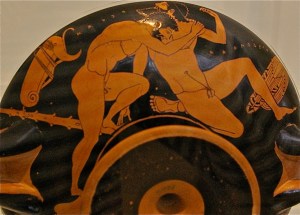
















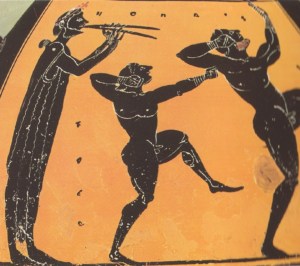











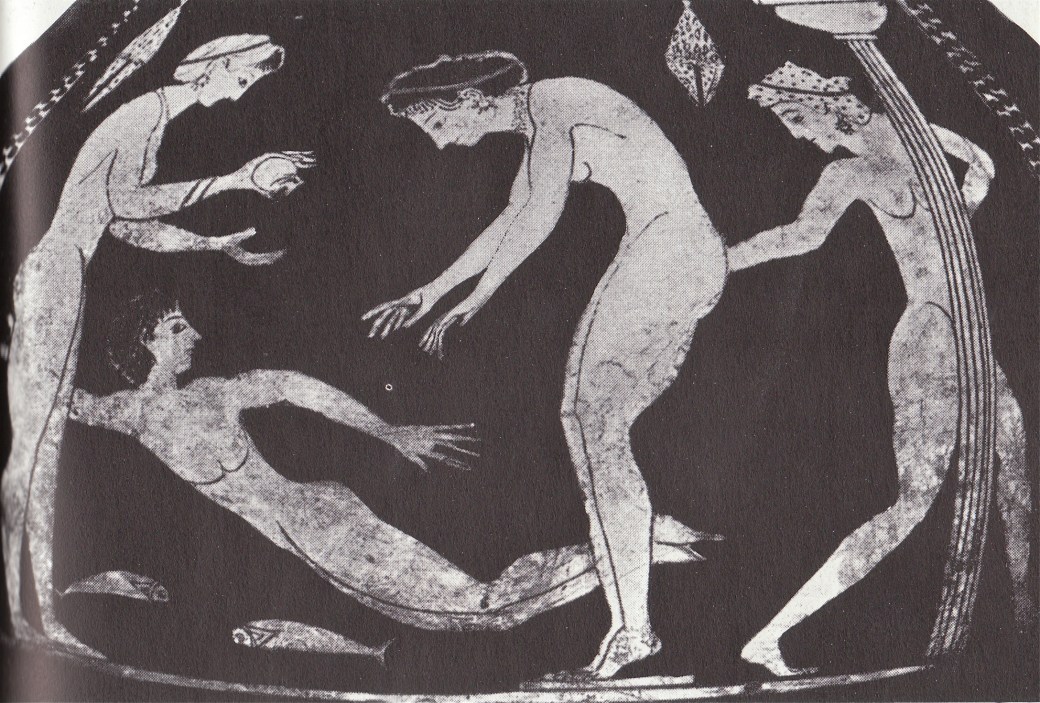
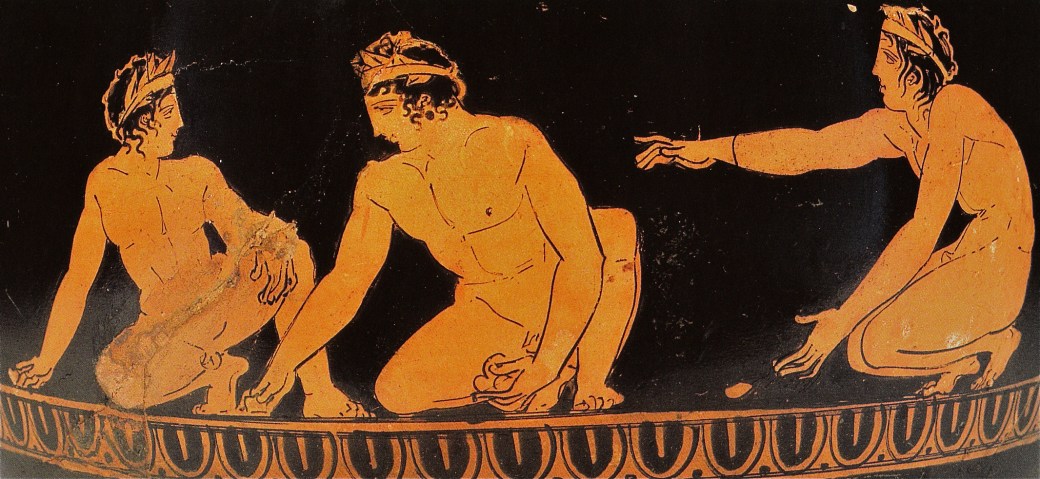
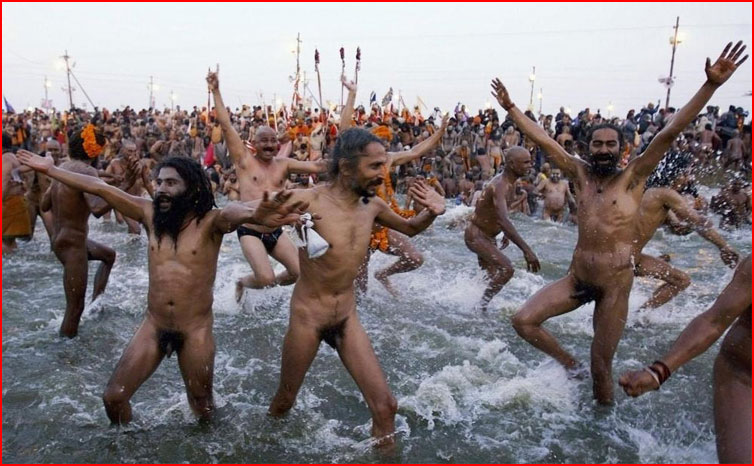







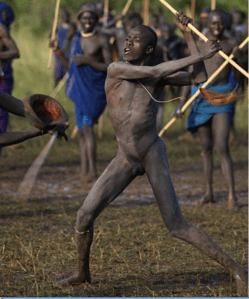

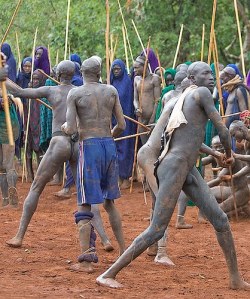

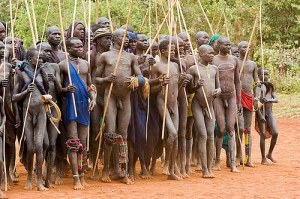

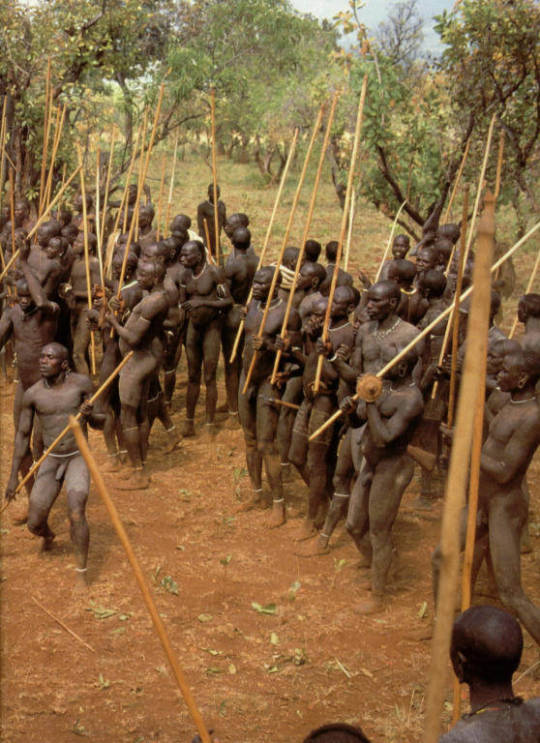







Thank you for this article. Do you mind if I use it as a reference for my nude yoga class?
LikeLike
I have done lots of nude bareback horse riding and some nude wrestling/jujitsu.It’s fun and healthy.
LikeLiked by 1 person
where do you do horse riding naked??
LikeLike
Nude hiking gives also a great impression of freedom besides the fact it’s really more comfortable than when wearing clothes. Only difficulty is to find sufficiently remote areas to avoid unexpected meetings with narrow-minded hikers.
LikeLike
Very interesting!
LikeLike
I still love playing sports and all athletic activities while naked. There’s nothing like it!
LikeLike
Hi , i found that badminton naked is great & “teamly”
LikeLike
Good information
LikeLike